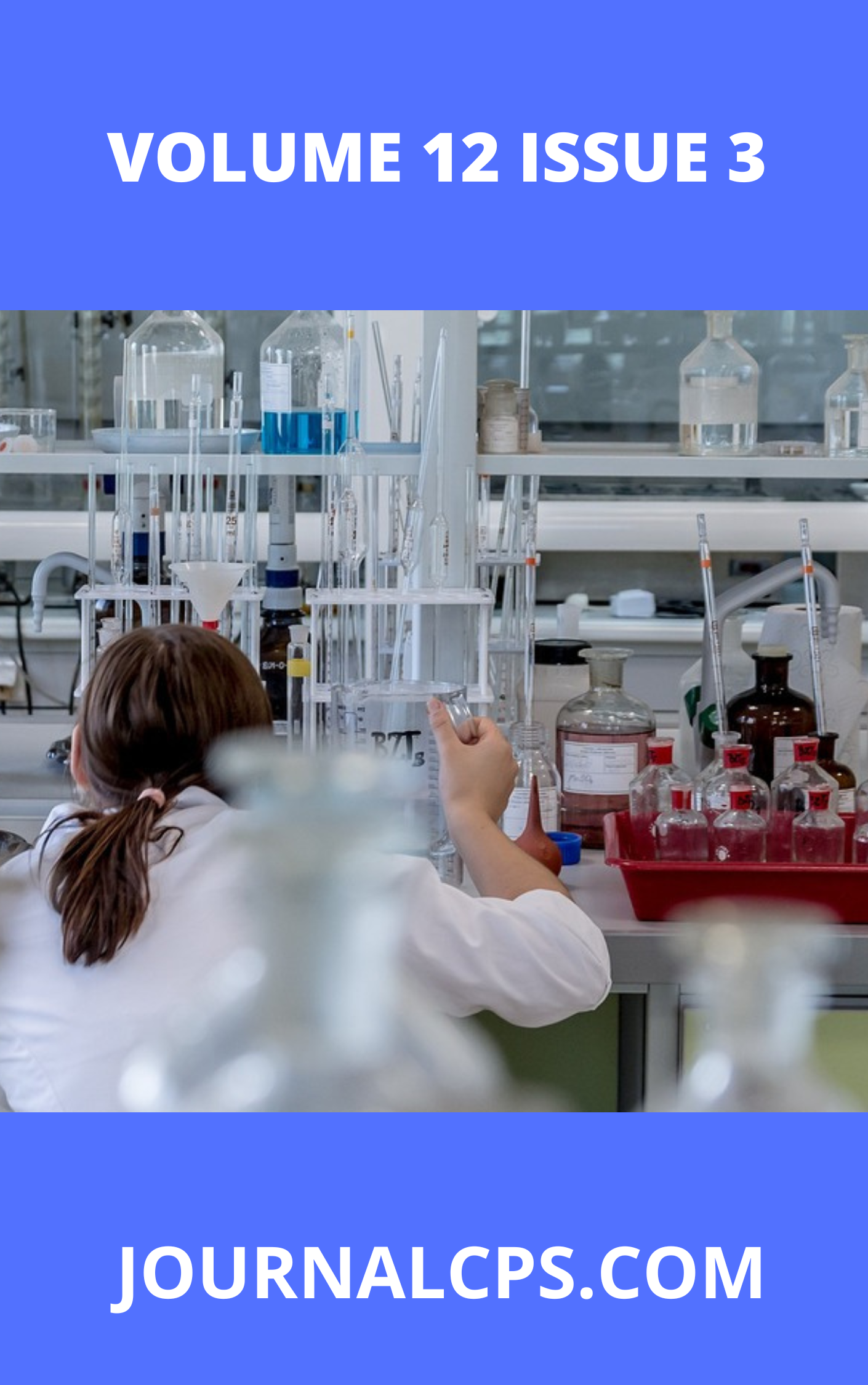Health Risk Assessment of Heavy Metal Contamination in Water Sources at Michael Okpara University of Agriculture
Keywords:
heavy metals, water contamination, health risk assessment, hazard index, cancer riskAbstract
This study evaluates the concentrations of heavy metals in water sources at Michael Okpara University of Agriculture and their associated health risks using Average Daily Intake (ADI), Hazard Index (HI), and Incremental Life Cancer Risk (ILCR) models. A total of 15 water samples were collected from five different locations within the university using acid-washed polyethylene bottles. The samples were analyzed using Atomic Absorption Spectroscopy (AAS) to determine the concentrations of arsenic (As), cadmium (Cd), cobalt (Co), chromium (Cr), nickel (Ni), and lead (Pb). The measured concentrations ranged from 0.015–0.052 mg/L for As, 0.006–0.0173 mg/L for Cd, 0.075–0.127 mg/L for Co, 0.0077–0.015 mg/L for Cr, 0.0142–0.031 mg/L for Ni, and 0.0035–0.006 mg/L for Pb. Compared to regulatory standards, As and Cd concentrations exceeded the WHO limit of 0.01 mg/L and 0.003 mg/L, respectively, in multiple locations, posing significant health concerns. The ADI results showed that As had the highest dermal exposure value (5.43E-08 mg/kg/day), while Cr exhibited the highest ingestion exposure (4.28E-09 mg/kg/day). HI values for Cr (5.22E-03) and As (4.90E-04) suggest potential non-carcinogenic health risks, particularly through dermal absorption. ILCR analysis identified As as the most carcinogenic contaminant (1.04E-07), significantly surpassing the acceptable risk threshold of 1.0E-06. Site 2 exhibited the highest heavy metal contamination levels, aligning with elevated health risk assessments. These findings emphasize the need for water treatment interventions, enhanced regulatory oversight, and community awareness to mitigate contamination risks and safeguard public health.
Downloads
Published
Issue
Section
Similar Articles
- Olusegun Sawole, Kolawole Abiodun Egunjobi, Adebola Daniel Awofodu, Health Risk Assessment of Natural Radionuclides Ingestion from Selected Edible Crops in Farmlands Around Limestone Excavation Area in Ewekoro, Ogun State , Communication In Physical Sciences: Vol. 9 No. 4 (2023): VOLUME 9 ISSUE 4
- Tope Oyebade, Chemical Pollutants and Human Vulnerability: An Integrated Review of Environmental Chemistry and Public Health , Communication In Physical Sciences: Vol. 9 No. 4 (2023): VOLUME 9 ISSUE 4
- Usoro Monday Etesin, Abigail Louis Essien, Distribution of Heavy metals in sediments and surface waters from Iko River Marine Ecosystems, Akwa Ibom State, Niger Delta, Nigeria , Communication In Physical Sciences: Vol. 12 No. 2 (2025): VOLUME 12 ISSUE 2
- S. A. Odoemelam, A. M. Udongwo , Heavy Metals Pollution in Surface Water and Sediment of Lower Cross River System in Akwa Ibom State, Nigeria , Communication In Physical Sciences: Vol. 5 No. 2 (2020): VOLUME 5 ISSUE 2
- J. C. Nnaji, Heavy Metal Contamination Indices for oil spilled Agricultural Soils in three Local Government Areas of River State, Nigeria , Communication In Physical Sciences: Vol. 4 No. 1 (2019): VOLUME 4 ISSUE 1
- Kudamnya, Ebenezer Agayina, Godwin Inieke Joshua, Ochelebe, Ibu, Okon, Emmanuel Etim , Evaluation of the Hydrochemistry and Pollution Levels in Groundwater of Njahasang, Southeast Nigeria , Communication In Physical Sciences: Vol. 12 No. 3 (2025): VOLUME 12 ISSUE 3
- Tope Oyebade, Spatio-Seasonal Evaluation of Heavy Metal Pollution, Water Quality, and Ecological Risk in Lake Chad Ecosystem , Communication In Physical Sciences: Vol. 11 No. 4 (2024): VOLUME 11 ISSUE 4
- Kelle Henrietta Ijeoma, Oluade Oludare Abiola, Achem Daniel, Human Health Risk Assessment of Pesticide Residues in Solanum lycopersicum Fruit Sold in Lagos Metropolis, South-West Nigeria , Communication In Physical Sciences: Vol. 5 No. 4 (2020): VOLUME 5 ISSUE 4
- Mercy Uwem Useh, Danlami Uzama, Patrick Obigwa, Effects of Abattoir Activities in the Surrounding Soils within Abuja, Nigeria , Communication In Physical Sciences: Vol. 8 No. 1 (2022): VOLUME 8 ISSUE 1
- Nathaniel Atamas Bahago, Gideon Wyasu, Quality Assessment of Borehole and Sachet Water Samples in Kaduna South Metropolis , Communication In Physical Sciences: Vol. 4 No. 2 (2019): VOLUME 4 ISSUE 2
You may also start an advanced similarity search for this article.




